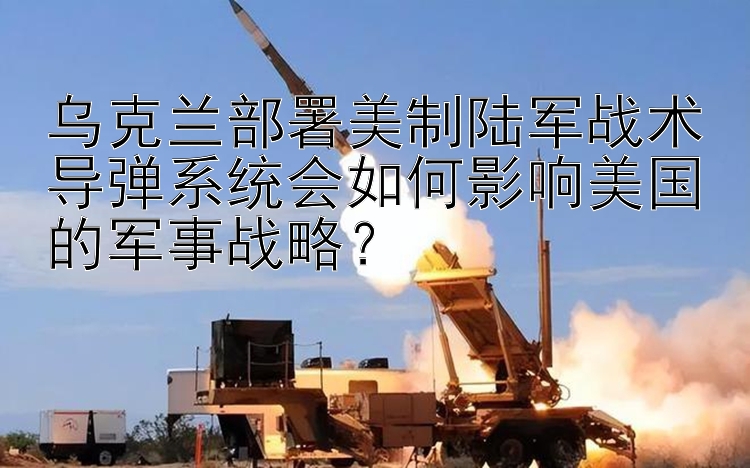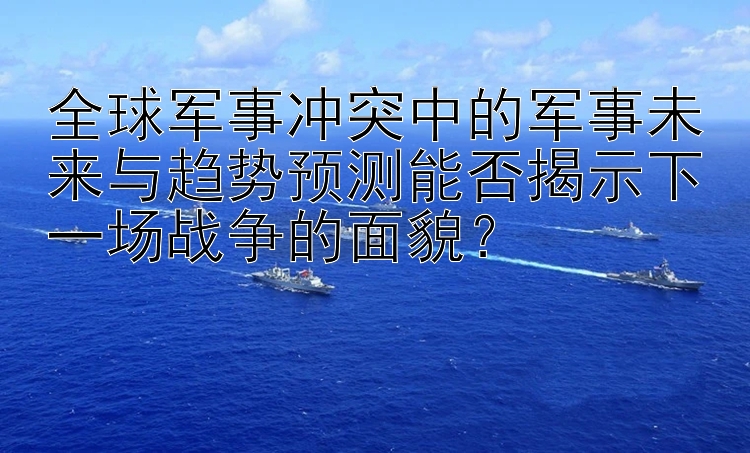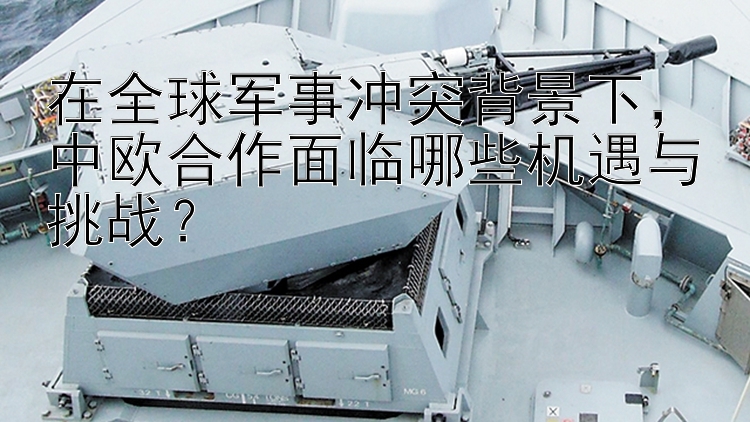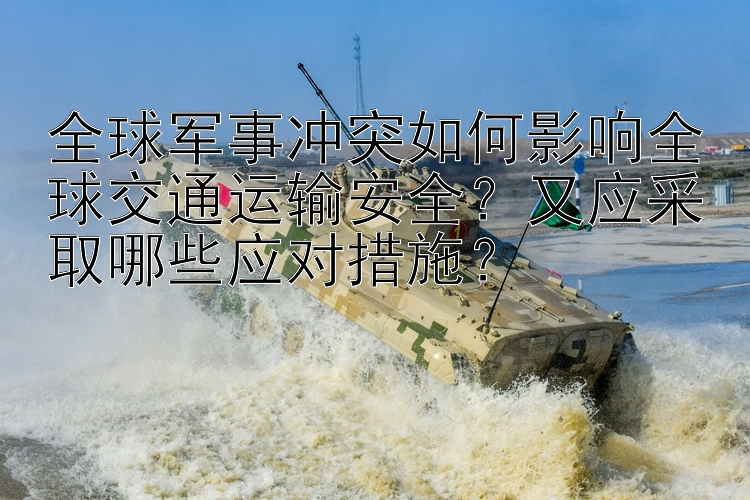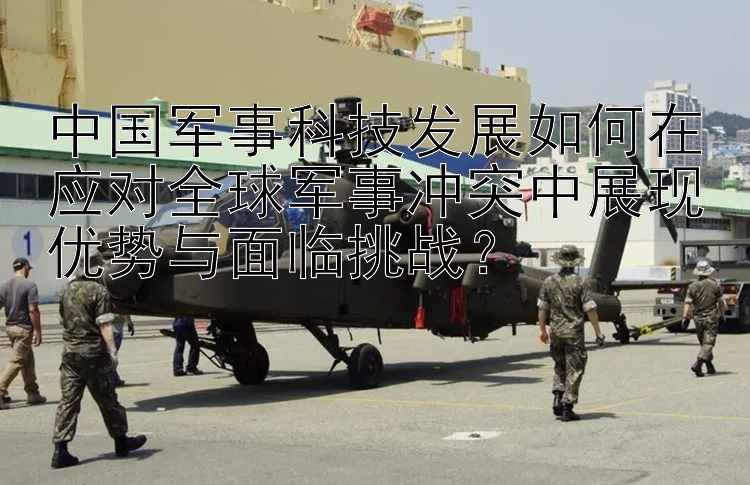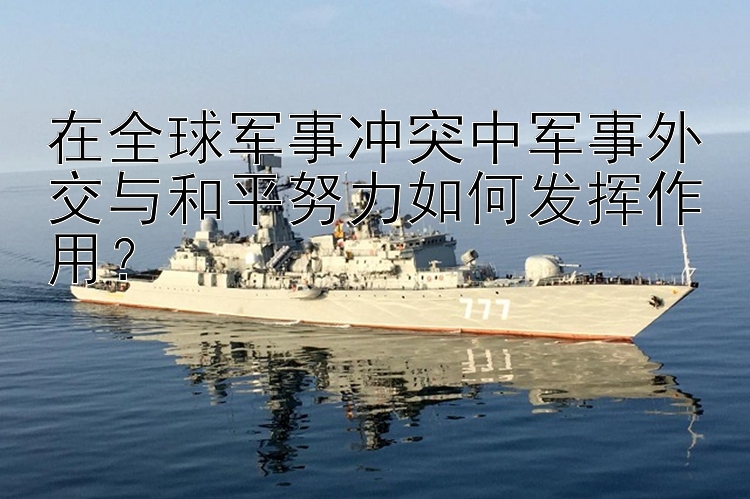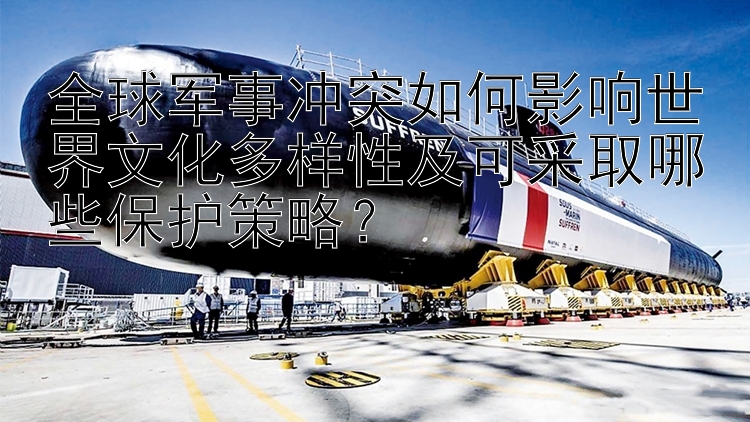美国军事战略调整是否会引发全球军事冲突的加剧?
在全球政治舞台上,美国的军事行动和政策往往具有深远的影响。近年来,随着国际形势的变化和美国国内政策的演变,美国 military strategy has been undergoing significant adjustments. 这些调整不仅影响到地区安全格局,也引发了有关其是否会导致全球军事冲突升级的热烈讨论 and concerns among international observers and policymakers.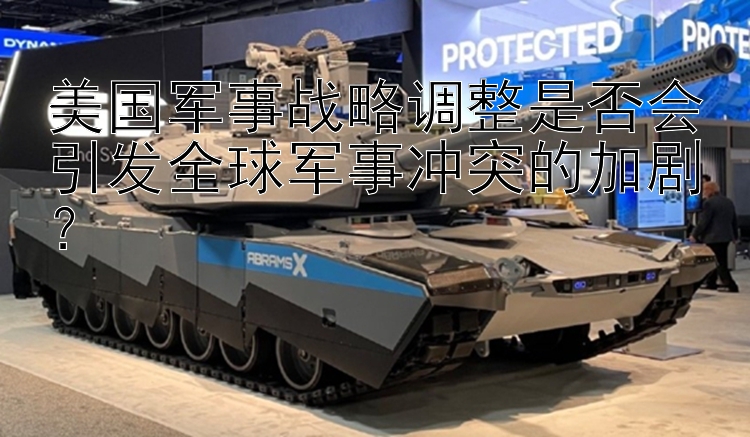
The driving forces behind these changes are multifaceted, ranging from geopolitical shifts to technological advancements, domestic political dynamics, and evolving national security objectives. One of the most notable developments is the increasing focus on great power competition with China and Russia, which has led to a reallocation of resources towards modernizing U.S. military capabilities and enhancing deterrence strategies in key strategic regions such as the Indo-Pacific and Eastern Europe.
However, this shift in priorities has not gone unnoticed by other nations. Beijing and Moscow have responded with their own military buildups and maneuvers, often citing perceived threats from NATO expansion or U.S. interference in regional affairs as reasons for bolstering their defenses. This tit-for-tat dynamic can escalate tensions and lead to miscalculations that could inadvertently spiral into conflicts.
Moreover, the Trump administration's "America First" policy emphasized protecting U.S. interests through hard power and unilateral actions, which sometimes put it at odds with traditional allies. While President Biden has sought to rebuild partnerships and alliances, his commitment to collective defense and multilateralism remains untested in certain areas where previous administrations were more assertive, particularly in Middle East conflicts like Syria and Yemen.
In addition, emerging technologies such as artificial intelligence (AI), cyber warfare, and hypersonic weapons are transforming the battlefield, forcing countries to adapt quickly or risk falling behind. The United States has invested heavily in these domains but so too have its adversaries, creating new avenues for potential conflict as each side vies for technological superiority.
To assess whether these adjustments will inevitably lead to an increase in global military conflicts, one must consider both historical precedents and current trends. Throughout history, periods of major power transitions have been accompanied by heightened tensions and occasional outbreaks of violence. However, there are also examples of successful diplomatic efforts that managed to mitigate risks during times of geopolitical flux.
Today, factors influencing outcomes include the willingness of states to engage in dialogue, the effectiveness of international institutions in resolving disputes peacefully, and the ability of individual leaders to exercise restraint when faced with challenges to national sovereignty or core interests. Moreover, public opinion within democratic societies plays a role; citizens increasingly expect transparency about foreign interventions and accountability for civilian casualties caused by Western militaries.
In conclusion, while America's shifting military posture does create conditions conducive to tension and rivalry between world powers, predicting how those tensions will play out requires careful analysis of specific contexts and actors involved. It is crucial for policymakers around the world to recognize that stability cannot be achieved without addressing root causes of instability: poverty, inequality, corruption, and lack of respect for human rights across borders. Only through cooperative solutions based on mutual understanding and shared values can we hope to avoid unnecessary suffering brought about by needless wars and conflicts worldwide
